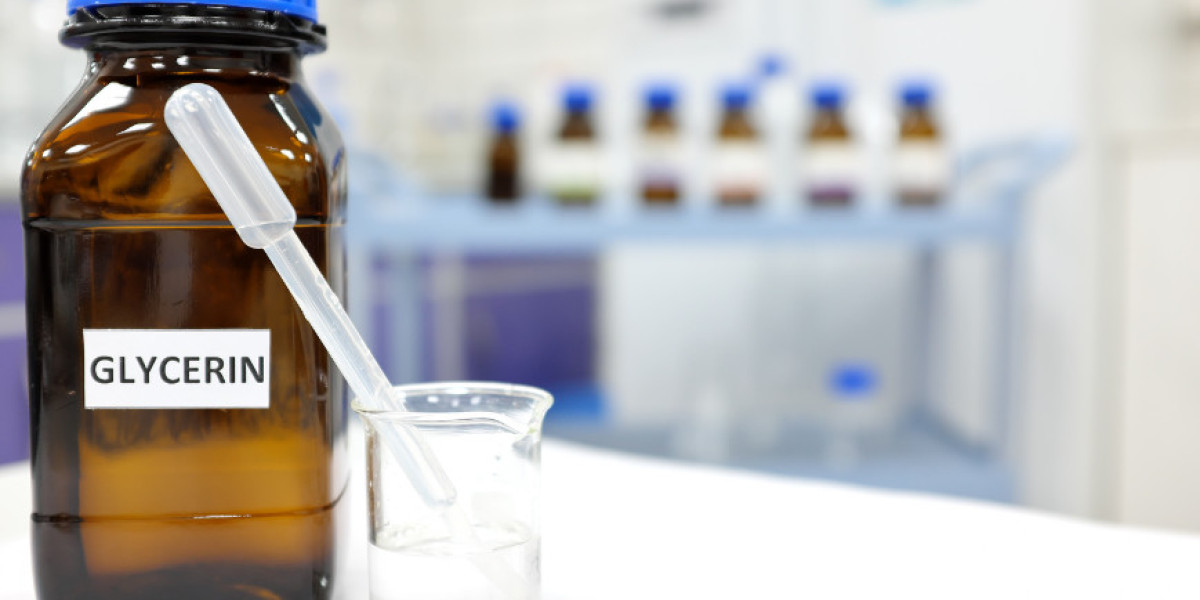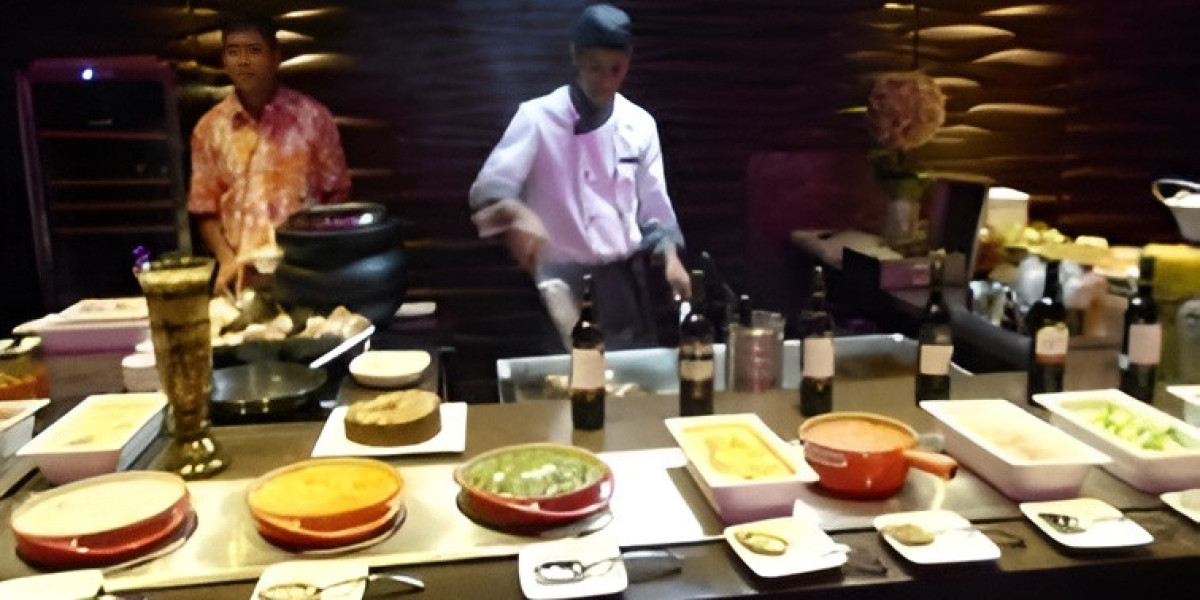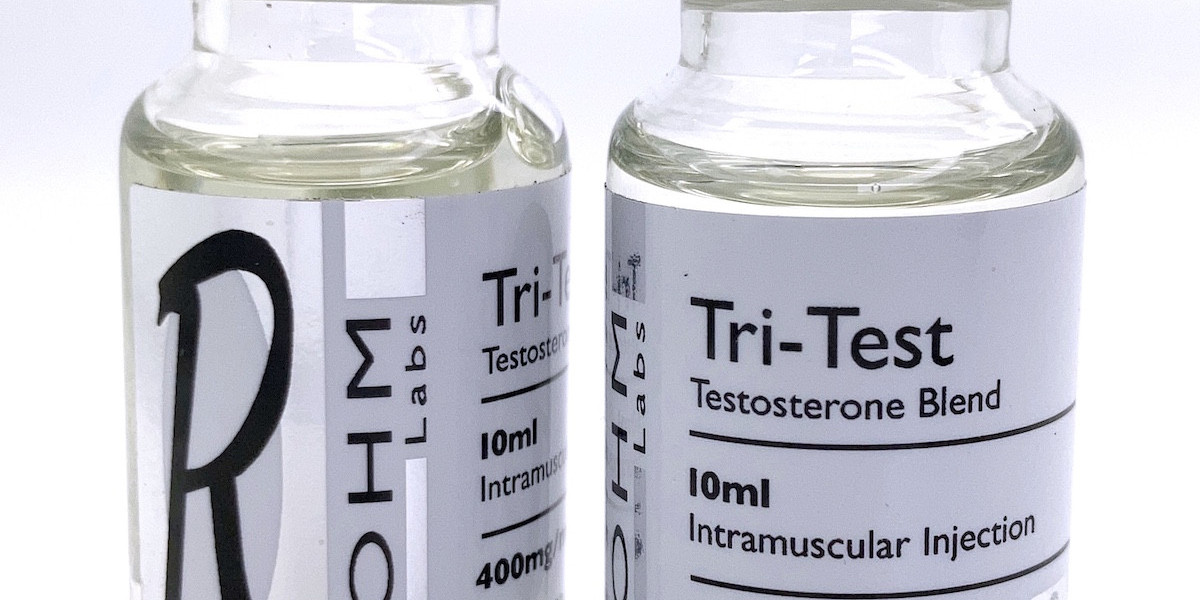The global glycerine market has witnessed steady growth in recent years, propelled by the increasing demand across diverse industries, including food and beverages, pharmaceuticals, personal care, and automotive. Glycerine, also known as glycerol, is a colorless, odorless, and viscous liquid widely used for its humectant, solvent, sweetening, and moisturizing properties. Its versatility and broad applications make it a critical ingredient in both industrial and consumer products.
In 2024, the global glycerine market was valued at approximately USD 3.35 billion and is projected to grow at a compound annual growth rate (CAGR) of 3.00% between 2025 and 2034, reaching around USD 4.50 billion by 2034. This growth is driven by rising industrial consumption, increasing awareness of glycerine’s benefits, and the expansion of glycerine-based products across various sectors.
Glycerine Market Outlook
The global glycerine market is expected to witness steady expansion during the forecast period. Glycerine's multifunctionality across applications, from pharmaceuticals and personal care to food processing and automotive, ensures consistent demand. Its use as a sweetener, moisturizer, and stabilizer in industrial and consumer products highlights its versatility.
Regionally, North America and Europe currently dominate the glycerine market due to well-established industrial infrastructure, high consumer awareness, and strong pharmaceutical and personal care sectors. Meanwhile, Asia Pacific is emerging as a high-growth market, driven by rapid industrialization, rising disposable incomes, and growing urban populations in countries such as China, India, and Japan. Latin America and the Middle East & Africa also present opportunities due to increasing industrial activity and growth in end-user sectors like food processing and personal care.
Market Trends
Sustainable and Renewable Sources: Increasing focus on glycerine from biodiesel and vegetable oil sources to support eco-friendly initiatives.
Rising Demand in Personal Care: Expansion of skincare, cosmetics, and oral care products is boosting pharmaceutical-grade glycerine consumption.
Food and Beverage Applications: Growing use as a humectant and sweetener in processed foods and beverages.
Industrial Innovations: Use in alkyd resins, polyether polyols, and automotive applications continues to rise.
Integration with Green Chemistry: Companies are increasingly adopting eco-conscious production methods to reduce environmental impact.
Get Your Free Sample Report with ToC – https://www.expertmarketresearch.com/reports/glycerine-market/requestsample
Drivers of Growth
Versatility of Applications: Its use across pharmaceuticals, personal care, food, and industrial sectors ensures consistent demand.
Rising Health and Wellness Awareness: Increasing consumption of glycerine in skincare, cosmetics, and health supplements.
Industrial Growth: Expanding construction, automotive, and polymer industries drive technical-grade glycerine demand.
Sustainability Initiatives: Adoption of glycerine from renewable sources such as biodiesel and vegetable oils encourages market growth.
Global Food and Beverage Expansion: Increased processed food consumption worldwide boosts glycerine utilization as a humectant and stabilizer.
Technology and Advancements
Purification Technologies: Advanced distillation and filtration techniques improve glycerine purity for pharmaceutical and personal care use.
Eco-Friendly Production Methods: Biodiesel-derived glycerine supports sustainable and cost-effective production.
Process Optimization: Transesterification and saponification processes are becoming more efficient, reducing waste and energy consumption.
Innovative Applications: Development of glycerine-based polyols, biodegradable products, and specialty chemicals expands industrial use.
Quality Control and Standardization: Improved analytical methods ensure consistent quality across food, pharma, and industrial grades.
These advancements ensure that glycerine continues to meet the high standards required by multiple end-use industries while supporting sustainable growth.
Challenges and Opportunities
Challenges
Price Volatility: Fluctuations in raw material costs, especially vegetable oils and biodiesel, impact glycerine pricing.
Quality Standards: Meeting stringent pharmaceutical and food-grade specifications can be challenging for manufacturers.
Environmental Regulations: Compliance with waste management and emissions regulations adds operational complexity.
Competition from Alternatives: Use of other humectants, sweeteners, and polyols may limit glycerine demand in certain applications.
Opportunities
Emerging Markets: Growing industrialization and urbanization in Asia Pacific and Latin America create new growth avenues.
Bio-Based Products: Rising demand for eco-friendly and sustainable products supports glycerine from renewable sources.
Cosmetic and Pharmaceutical Growth: Increasing health awareness and premium personal care products drive demand for pharmaceutical-grade glycerine.
Innovation in Industrial Applications: Expansion into polyether polyols, alkyd resins, and biodegradable products presents growth opportunities.
Glycerine Market Segmentation
Breakup by Process
Transesterification: Derived from biodiesel production, this process is gaining traction due to the growth of renewable energy sources.
Saponification: Glycerine obtained as a by-product of soap manufacturing remains a significant contributor to the market.
Fat Splitting: Involves the hydrolysis of fats to produce glycerine and fatty acids, widely used in industrial applications.
Breakup by Source
Vegetable Oils: Plant-based glycerine is preferred in food, cosmetics, and pharmaceutical applications.
Biodiesel: By-product of biodiesel production, promoting sustainable and eco-friendly glycerine sourcing.
Soaps: Glycerine recovered from soap production contributes to cost-effective industrial usage.
Synthetic: Chemically synthesized glycerine used in specialized industrial applications.
Breakup by Grade
Technical Grade: Used in industrial applications such as alkyd resins, polyether polyols, and automotive industries.
Pharmaceutical Grade: Purified glycerine used in pharmaceuticals, personal care, and high-quality food products.
Breakup by Application
Food and Beverage: Sweeteners, humectants, and stabilizers in processed foods, bakery items, and beverages.
Pharmaceuticals: Active ingredient or excipient in tablets, syrups, and topical formulations.
Alkyd Resins: Industrial application in coatings, paints, and adhesives.
Tobacco: Humectant and flavor carrier in tobacco products.
Personal Care and Cosmetics: Moisturizers, skin care products, and toothpaste formulations.
Automotive: Lubricants, anti-freeze formulations, and other specialty applications.
Polyether Polyols: Used in polyurethane production for foams and other materials.
Others: Includes applications in textiles, explosives, and biodegradable products.
Breakup by Region
North America: United States, Canada, and others.
Europe: United Kingdom, Germany, France, Italy, and others.
Asia Pacific: China, Japan, India, ASEAN, Australia, and others.
Latin America: Brazil, Argentina, Mexico, and others.
Middle East & Africa: Saudi Arabia, United Arab Emirates, Nigeria, South Africa, and others.
Key Players
Cargill Incorporated – Offers a wide range of glycerine products for food, pharma, and industrial applications.
Kao Corporation – Focuses on cosmetic and personal care glycerine solutions.
Wilmar International Ltd – Supplies glycerine derived from vegetable oils and biodiesel.
IOI Corporation Berhad (IOI) – Produces glycerine for industrial and pharmaceutical applications.
These companies are leveraging technology, sustainable sourcing, and product innovation to maintain a competitive edge.
FAQs
What is the current size of the global glycerine market?
The market was valued at approximately USD 3.35 billion in 2024.
What is the expected growth rate of the glycerine market?
It is projected to grow at a CAGR of 3.00% between 2025 and 2034.
Which regions dominate the global glycerine market?
North America and Europe currently lead, while Asia Pacific is the fastest-growing region.
What are the main sources of glycerine?
Sources include vegetable oils, biodiesel, soap production, and synthetic glycerine.
What are the key applications of glycerine?
Applications span food and beverage, pharmaceuticals, alkyd resins, personal care, automotive, polyether polyols, tobacco, and others.



